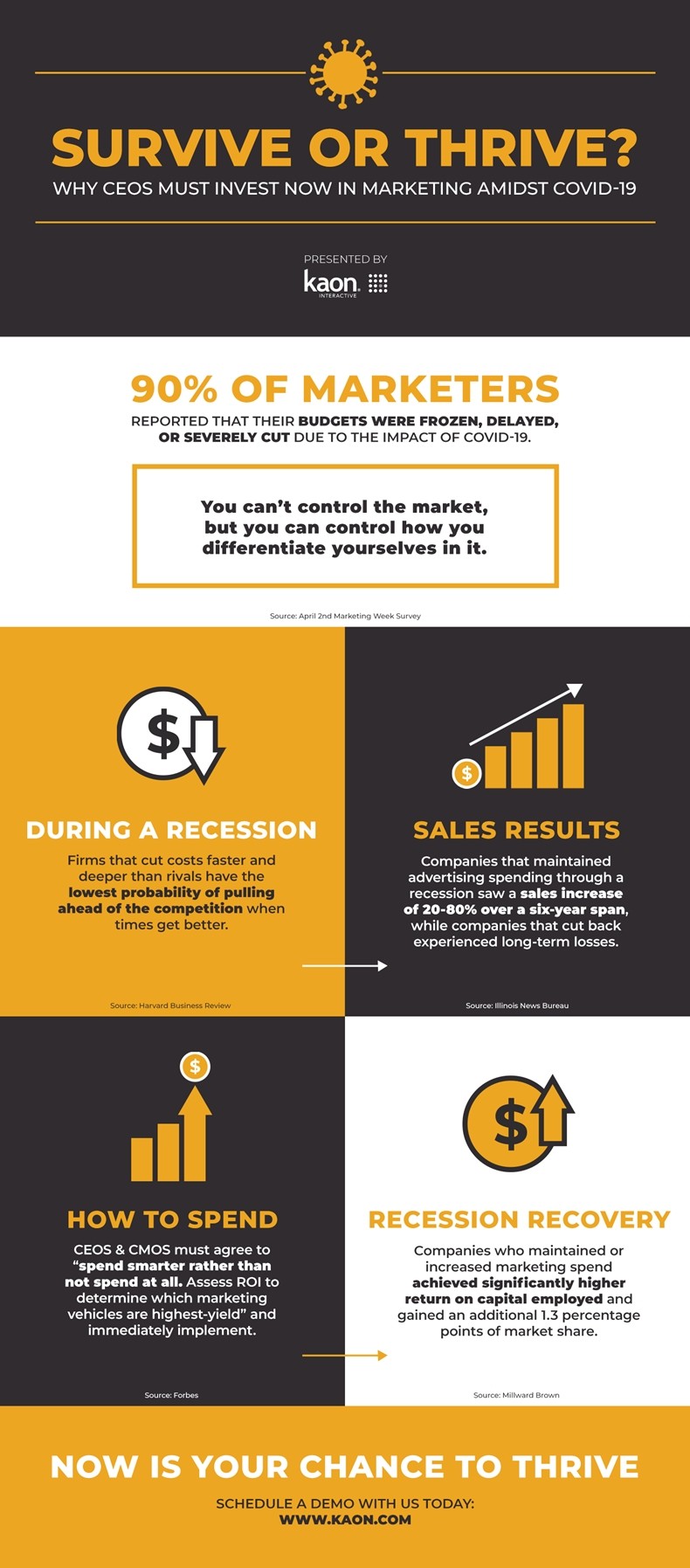When I was a teenager, a young friend who didn't have his driver's license "borrowed" his father's car, taking it for a drive on the highway. A careful fellow, he turned on his headlights and obeyed all traffic regulations.
Things seemed to be going smoothly until he saw a police car on the side of the road. He "craftily" turned off his lights (he later explained his reasoning for doing so: to avoid being seen by the police officers).
When his father picked him up from the police station after posting bail, he asked the police what prompted them to stop his son. The sergeant replied that obviously something was wrong—since the driver shut off the headlights right before the speed trap.
There is a word in Dutch for this kind of effect: averechts. It refers to when someone does something to avoid a problem, but that action backfires, causing the very problem they were trying to avoid.
That is precisely what is happening today in most companies in response to the global economic downturn that has resulted from the COVID-19 pandemic.
When Cutting Is Undercutting
In an April 2 survey, 90% of marketers reported their budgets were frozen, delayed, or severely cut. Numerous studies have shown that this behavior, though common, has the opposite effect of what CEOs intend.
- Harvard Business School studied 4,700 companies that went through a recession and found that "firms that cut costs faster and deeper than rivals...have the lowest probability—21%—of pulling ahead of the competition when times get better."
- Boston Consulting Group published a study of major corporations' performance during and after a downturn that found "companies that injudiciously slash marketing spending often find that they later must spend far more than they saved in order to recover."
One reason for this counter-intuitive behavior (cutting funding for the very department that can help thrive during and after the downturn) is that most senior executives don't truly understand the role that Marketing can (and should) play in both strategy and sales.
A recent study found that chief sales officers and chief operations officers are particularly doubtful of CMOs' ability to demonstrate a financial impact. And, according to Korn Ferry, the average tenure of a CMO is the shortest of all C-suite titles. The study reported that "Short CMO tenure is a reflection of a lack of understanding of how powerful this role can really be in terms of driving business outcomes."
Spending Smarter
As it turns out, when researchers at MIT studied financial performance of companies that took different actions during a recession or economic downturn, the data showed "investing to create and sustain a competitive advantage is still the single best recipe for dealing with downturns."
Cornell University researched over 200 companies during and after economic contractions and found "significant differences between winners and losers when measured by top-line indicators. Winners were also found to spend significantly more on marketing than losers. The relationship between marketing expenditures and performance is significantly positive. These data lead to the conclusion that firms that 'invest' in marketing, especially in tough times, can achieve a payoff via various revenue drivers and will realize gains beyond just the short term."
Of course, spending on marketing tactics or approaches that that don't work is never wise. Face-to-face trade shows are mostly canceled or delayed during the pandemic, for example. Printing brochures is also not a revenue-generating marketing activity.
As Natalie Nathanson advised recently in Forbes, "Don't slash marketing budgets; spend smarter."
Spending smarter in today's environment means being able to deliver tangible results with the restrictions that B2B companies face:
- Tradeshows and events have been canceled or postponed and will probably be significantly less effective for some time after they have been reinstated.
- Direct and indirect sales and channel teams have to use video conferencing rather than in-person meetings.
- Executive/customer briefing centers are offline because of customer travel restrictions.
Web conferencing is not a sufficient solution to those challenges. It is a foundation for connecting people, but as a replacement for when they are meeting in person it does not deliver the experience that people want or expect. The only way to deliver an experience that is as effective is to use digital interactive applications that customers can drive themselves.
The reason that customers go to conferences, tradeshows, and even sales meetings is to have some degree of active participation and personalized dialogue. If they are going to simply watch slide presentations or videos, they can do that at any time from their Web browsers; they don't need a video conference meeting.
McKinsey advises: "Companies should also consider quickly prioritizing and scaling new digital capabilities to enable digital touchpoints with their customers." In its April 2020 analysis, the firm concludes: companies that "rapidly scale up their digital capabilities...and other investments are the ones most likely to come out of this crisis stronger and well positioned for the post-coronavirus recovery."
Considering all of the evidence, this is what B2B marketing and sales departments must deliver at this critical time:
- Customer interactivity. Give the customer control of the application by putting them in the driver's seat. An interactive experience is a nonlinear and personalized way for prospects and customers to learn about relevant solutions, products, and the overall value of a company's offerings.
Examples of interactive applications are vertical solution storytelling, persona driven messages, photo-realistic 3D product demonstrations, calculators, space configurators, digital walk-throughs of briefing centers, gamification of product experiences, etc.
- Sales tools. Provide interactive applications that sales teams (and channel partners) can share when having a video conference with a customer, so that the customer is actively participating in the meeting to uncover unique value differentiation relevant to their specific needs.
- Marketing tools. Move events online, but use interactive applications during webinars, virtual tradeshows, and digital product launch events, so that attendees are creating their own individualized path through the story (or the product demonstration) and are engaged rather than passively (and distractedly) watching.
Ensure that these applications are also available on the company website for prospects to use when they are visiting.
- An extensible platform. Reuse, evolve, and grow interactive applications that are being created now to solve your short-term immediate need rather than re-creating content or entire applications when new products/solutions are added or the story is broadened.
- Online and offline. Eventually, the world will return to a combination of online and offline/in-person meetings, and the applications that have been effective in virtual engagements will need to be deployed in briefing centers, on sales team's iPads and laptops, and on large touch screens at tradeshows and conferences.
The immediate result, which will also have residual and sustained effects after the economic downturn, will be nothing less than a digital transformation.
This investment in remaking the way Sales and Marketing work together to deliver top-line and bottom-line results will return dividends in the long term, and it will facilitate lasting changes in the process and the approach that sales teams and marketers use.
In contrast with other companies that experience an unnecessarily harsh slowdown, with Marketing and Sales retreating into a defensive position, revenues will be maximized during the lean times and customers will reward the company with long-term loyalty and growth as the economy grows.
Researchers at the University of Illinois report direct relationships between these kinds of investments and long-term financial growth. Data scientists at Millward Brown report that increases in these kinds of marketing and sales investments yield much higher than average return on capital employed over the long term.
Rather than succumb to the temptation to "turn off the headlights" as we face economic challenges, companies would do well to use this opportunity to upgrade their digital marketing and sales platforms and build interactive customer engagement solutions that will form the foundation of superior long-term market share and financial performance.





